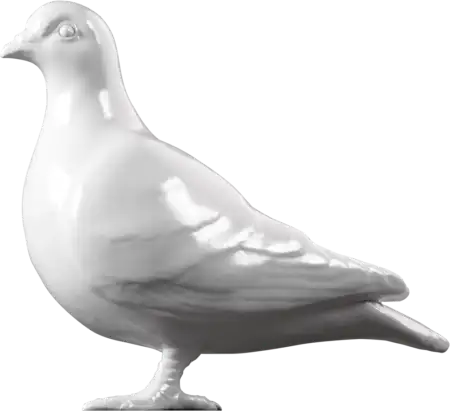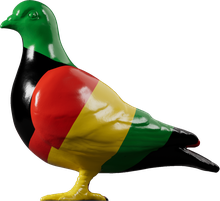Social History — 1837-1851
Key
Steel key with a solid oval shaped bow with a crowned 'VR No.12 HP Pleasure Gardens' inscribed on the obverse and 'Lady Cockerell Not Transferable' inscribed on the reverse. It was used to unlock a private entrance to Hyde Park Pleasure Gardens.
The development of the Grosvenor Estate and Knightsbridge in the 18th century created the demand for private access to Hyde Park from wealthy local residents. Many of the grand houses had gardens that backed onto the park. In the 1790s a number of private gates were built in the surrounding wall. The key to each gate was licensed to the individual owner by George III. In 1804 the King refused to allow any more 'private doors' to be built.
Hyde Park was owned by the crown and managed by the Office of Works, a department of the Office of Woods, Forests, Land Revenues, Works and Buildings. The park was redeveloped in the 1820s by the architect Decimus Burton. Gradually the wall was replaced by iron railings and gates so local residents could see into the park from their homes. An area on the eastern side of the park bordering the Grosvenor Estate was enclosed to create a garden.
The privileged few who were granted private access to Hyde Park had to pay for the construction of the gates by the Office of Works. Individually numbered keys were issued by the Office of Works and were non-transferable for security reasons. The keys could only be used within the opening hours determined by the monarch.
This key is numbered 12 and belonged to Lady Harriet Cockerell (née Rushout). The second daughter of the first Earl of Northwick, Lady Harriet is depicted as a child in 'A Lady and her Children', a mezzotint by Thomas Watson, held by the National Portrait Gallery (NPG D39322). Four pen and ink drawings of her by Henry Bone in 1809-10 survive, also in the National Portrait Gallery (NPG D17656- NPG D17659).
On 13 Feburary 1808, Lady Harriet became the second wife of Sir Charles Cockerell, an East India Company official, East India banker and MP, whose firm was awarded compensation from the Slave Compensation Commission for several estates on Mauritius as mortgagees. In one further case Sir Charles Cockerell was shown as owner. After abolition, the Cockerell firm was active in the recruitment in India of indentured labourers for Mauritius.
Cockerell owned a large London house at Hyde Park Corner, which it is assumed this key relates to. When she owned this key, Lady Harriet was a widow as Sir Charles had died on 6 January 1837. Lady Harriet died in 1851.
- Category:
- Social History
- Object ID:
- 55.94/31
- Object name:
- key
- Object type:
- Artist/Maker:
- —
- Related people:
- Related events:
- Related places:
- Production date:
- 1837-1851
- Material:
steel
- Measurements/duration:
- L 96 mm, W 45 mm, D 8 mm (overall)
- Part of:
- —
- On display:
- —
- Record quality:
- 100%
- Part of this object:
- —
- Owner Status & Credit:
Permanent collection
- Copyright holder:
digital image © London Museum
- Image credit:
- —
- Creative commons usage:
- —
- License this image:
To license this image for commercial use, please contact the London Museum Picture Library.

